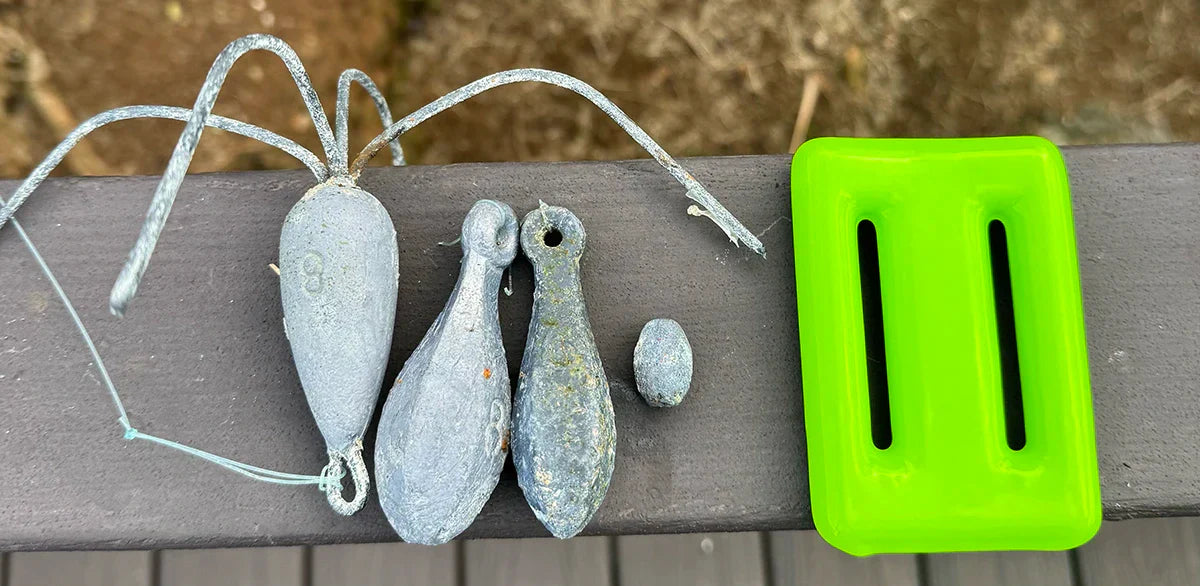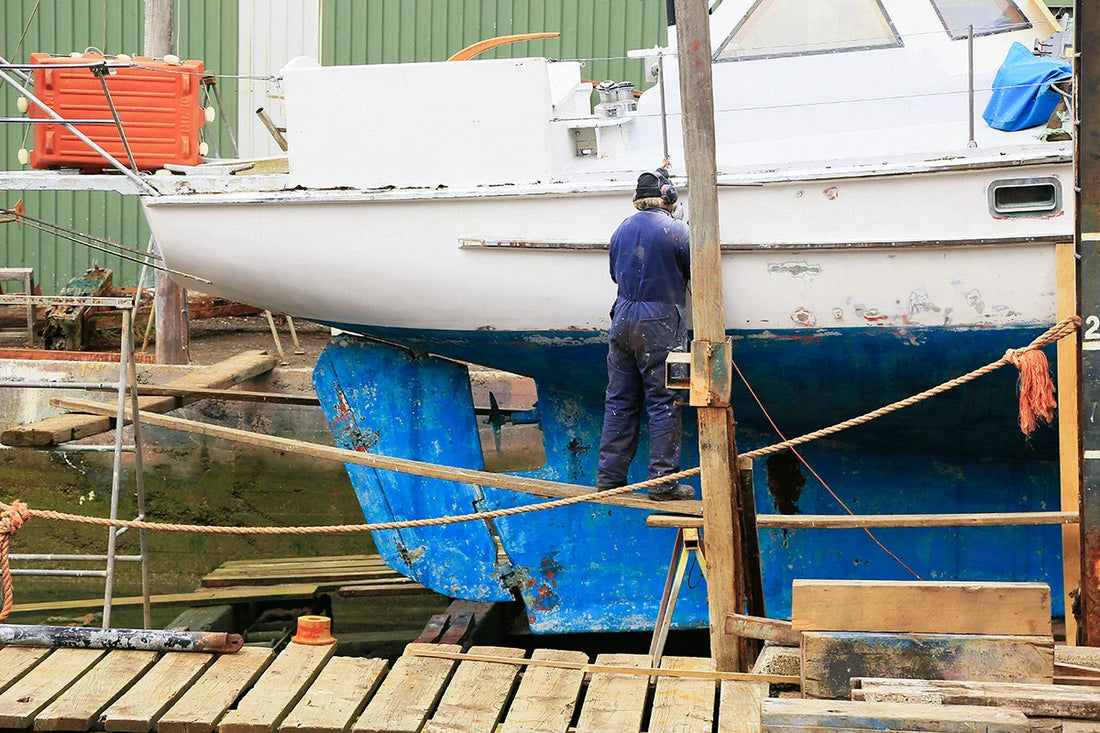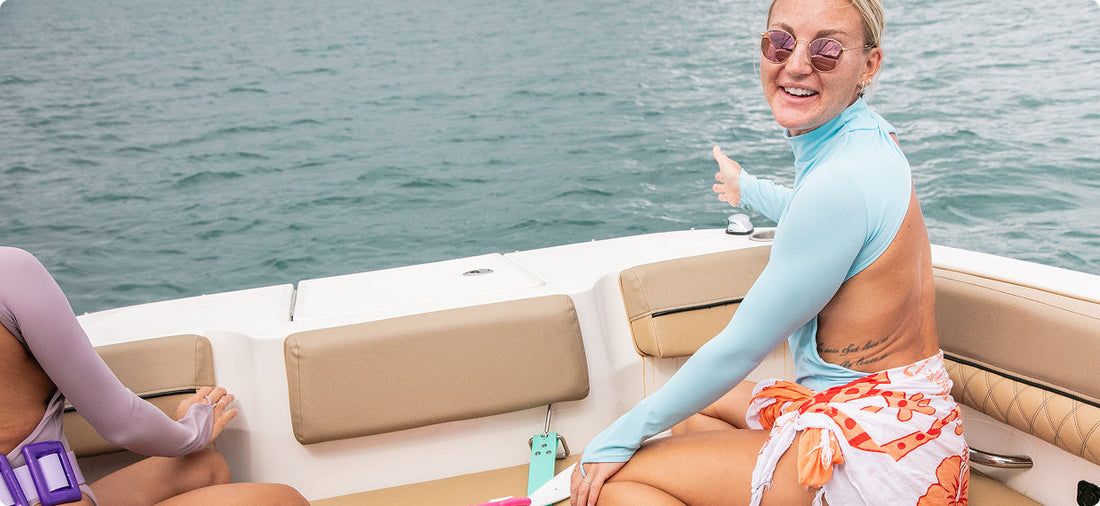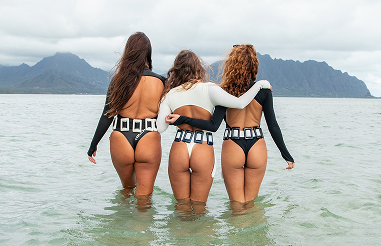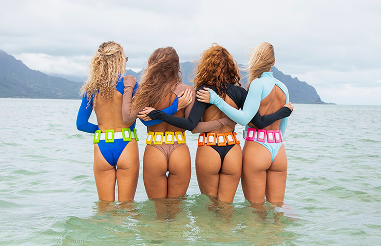Diver's Log
From Salvaged Sailboats to Sustainable Diving: Our Journey to Eco-friendly Dive Weights
At Bright Buoy Diving, we are committed to sustainability and innovation in our dive weight production. By transitioning to recycled lead as our primary raw material, we’re not only reducing environmental impact but also enhancing the quality of our products. Transition to Recycled Lead for Dive Weights In May, we are relocating our operations from the mainland to Oahu, allowing us to source recycled lead locally. This move supports our mission to create eco-friendly dive weights while strengthening our ties to the Hawaiian community. Local Sources of Recycled Lead Our recycled lead comes from various on-island sources, including: Salvaged Sailboat Keels: Partnering with boat salvage yards across the Hawaiian Islands, we repurpose lead keels from decommissioned sailboats. Recycled Car Batteries: Collaborating with local scrapyards, we extract lead from recycled car batteries, ensuring safe handling and processing. Spent Bullets from Gun Ranges: Working with shooting ranges, we reclaim lead from spent bullets, promoting environmental responsibility. Recovered Fishing Weights: Divers assist in retrieving lost fishing weights from the ocean, which we then recycle into new dive weights. Partnership with Boat Salvage Yards Our collaboration with boat salvage yards is a cornerstone of our sustainability efforts. The process involves: 1. Keel Extraction: At salvage yards, we carefully remove lead keels from decommissioned sailboats. 2. Transportation: The extracted keels are transported to our Oahu warehouse for processing. 3. Melting and Casting: At our facility, the lead is melted and cast into specific dive weight sizes, ensuring quality and consistency. Bright Buoy Diving is dedicated to merging sustainability with innovation. By sourcing recycled lead locally and involving the community in our recycling efforts, we’re taking significant steps toward a more sustainable future for diving. We invite you to join us in these initiatives, contributing to cleaner oceans and a healthier planet.
Read the StoryA Day at Kaneohe Bay
Despite the less-than-ideal conditions during our recent dive in Kaneohe Bay, the experience turned out to be unexpectedly rewarding. The day was marked by overcast skies, intermittent rain, and reduced visibility factors that often deter divers. However, these challenges set the stage for remarkable underwater encounters and highlighted the importance of quality gear, particularly our brightly colored dive weights. Challenging Dive Conditions Upon arrival at Kaneohe Bay, we were greeted by a thick layer of clouds and a steady drizzle. The water’s surface was calm but hinted at the limited visibility below. Such conditions can make navigation and communication underwater more demanding, emphasizing the need for reliable and easily identifiable equipment. Unexpected Wildlife Encounters As we descended, the muted light and hazy water created an otherworldly ambiance. To our astonishment, this seemingly inhospitable environment became a backdrop for extraordinary wildlife sightings. We encountered a Hawaiian monk seal, an endangered species rarely seen by divers. Its graceful movements and curious nature provided a mesmerizing spectacle. Shortly after, a squadron of manta rays, gliding effortlessly through the murky waters, joined us. These gentle giants, typically associated with clearer waters, seemed unbothered by the conditions, offering us a unique and intimate viewing experience. Bright Dive Weights & Underwater Photography Capturing these moments on camera was a priority, but the low visibility posed significant challenges. In this context, our brightly colored dive weights proved invaluable. The vivid hues stood out against the subdued underwater landscape, allowing photographers to maintain visual contact with divers and frame shots effectively. This contrast not only facilitated better composition but also enhanced the overall quality of the footage. The prominence of the dive weights in the images added a striking visual element, underscoring their functional and aesthetic value. This dive reinforced the unpredictable nature of underwater exploration. Even when conditions are less than ideal, the ocean can surprise us with unforgettable encounters. Moreover, it highlighted how thoughtful equipment choices, such as using brightly colored dive weights, can significantly impact safety and the quality of underwater photography. At Bright Buoy Diving, we remain committed to providing gear that meets the practical needs of divers while enhancing their overall experience.
Read the StoryHow to Calculate the Perfect Weight for Your Freediving Belt
Dial in Your Weighting for the Perfect Dive Freediving is about balance between buoyancy and control, depth and comfort, strength and relaxation. Getting your weight belt just right is key to achieving a smooth descent, effortless neutral buoyancy, and an easy return to the surface. But how much weight do you actually need? At Bright Buoy Diving, we offer 1 lb, 2 lb, and 3 lb coated freediving weights, giving you the flexibility to fine-tune your setup based on your body, gear, and dive style. Here’s how to find your perfect weighting. Step 1: Understand the Factors That Affect Your Buoyancy Your weighting setup depends on a few key factors: Body Composition - Higher body fat percentage = more buoyant. Leaner divers tend to require more weight. Wetsuit Thickness-The thicker your wetsuit, the more buoyant you are. A 3mm wetsuit requires less weight than a 5mm or 7mm. Water Type-Saltwater is more buoyant than freshwater. If you train in both, you may need to adjust accordingly. Depth Goals-Shallow dives require more weight to stay down, while deeper dives allow for a more minimal setup since compression naturally reduces buoyancy at depth. Step 2: General Weighting Guidelines A starting point for weighting based on wetsuit thickness: · No wetsuit (just a swimsuit or dive skin) ~ 1-2% of body weight · 3mm wetsuit ~ 4-6% of body weight · 5mm wetsuit ~ 6-8% of body weight · 7mm wetsuit ~8-10% of body weight Example Calculation: If you weigh 150 lbs and are wearing a 3mm wetsuit, you’ll likely need 6-9 lbs of weight to achieve proper buoyancy. Step 3: Fine-Tuning with Bright Buoy Diving Weights Now that you have a rough idea of your weight range, use our 1 lb, 2 lb, and 3 lb coated weights to build the perfect setup: Start Light & Adjust-it’s always better to start with less weight and add more if needed. Evenly Distribute Weight-Spacing out your weight ensures a balanced, comfortable fit on your belt. Test Neutral Buoyancy at 10m (33ft) -The best way to check if your weighting is correct is to see if you naturally hover at 10m without sinking or floating up. Example Setup: A 150 lb diver in a 3mm wetsuit needing 6 lbs could wear: · Six 1 lb weights spaced evenly · Three 2 lb weights spaced evenly · Two 3 lb weights for a more streamlined fit Step 4: Adjust for Performance & Safety Spearfishing or Shallow Diving? Add a little extra weight to stay down easier. Deep Diving? Go lighter to avoid excess effort returning to the surface. New to Freediving? Always err on the side of caution and start with less weight. Proper buoyancy = safety. Find Your Balance Every diver is different, which is why having adjustable, durable weights is essential for customizing your dive. With Bright Buoy Diving’s 1 lb, 2 lb, and 3 lb coated weights, you can fine-tune your setup for maximum comfort, control, and performance. Ready to dial in your perfect weighting? Shop the collection now!
Read the Story
